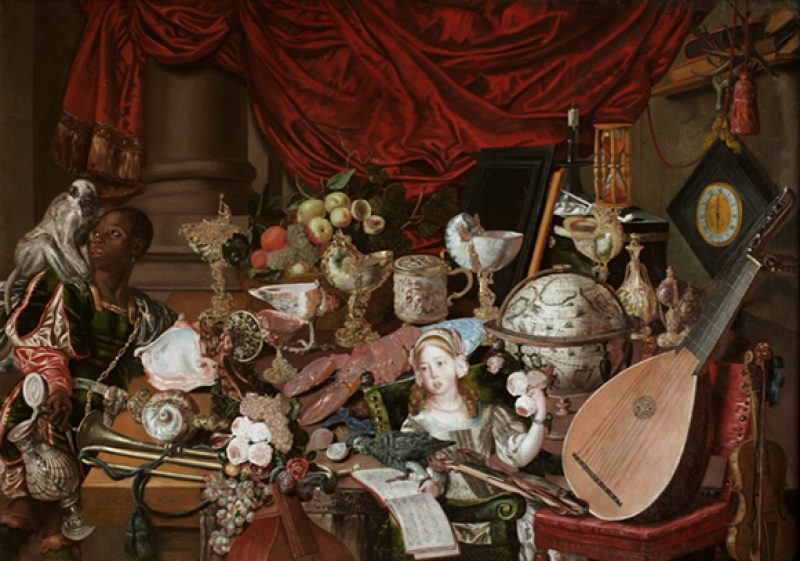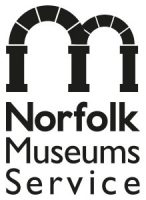Exhibition archive
The Paston Treasure: Riches and Rarities of the Known World
- Summer 2018
- Yale Center for British Art, New Haven Spring 2018, Norwich Castle Museum & Art Gallery Summer 2018
- Free for EAAF Members - if you're not a member and would like to attend this event Join Now.
This exhibition will explore the world of the seventeenth century from the vantage point of a single painting. This work survives as a unique record of a lost collection – owned by the Pastons at the height of their prosperity but dispersed by the early eighteenth century as the family declined. The rich collections once at the Pastons’ Norfolk country house, Oxnead Hall, will be revealed through archival records, archaeological evidence and the painting’s multi-layered narratives. The exhibition project, a collaboration between Norwich Castle and Yale Center for British Art, focuses on the enigmatic painting itself and its unknown artist, as well as the family and their collection.
The original collection of Sir William Paston (1610-1662) was significantly added to by his son, Sir Robert (1631-1683). Robert almost certainly commissioned the painting initially to record a small selection of his family treasures. However, William Paston’s travels are key to the collection’s origins. In 1638-39 he went on an extended tour of Europe, the Holy Land and Egypt. An ardent royalist, Sir William was made a baronet by Charles I in 1641, although the Civil War drove him into exile in Rotterdam in 1643. He suffered heavy penalties imposed by Cromwell, including the surrender of £1100 in plate. Nonetheless, during the war period he continued to collect.
Robert Paston also spent the Interregnum abroad, partly at the Court of Louis XIV. He provided financial support to the future Charles II, for which he was knighted in 1660 and made Earl of Yarmouth in 1679. In 1666 Robert was granted a lucrative customs farm, enabling him to augment both his collections and Oxnead, which Charles II visited in 1671. An early member of the Royal Society, Robert also associated with noted thinkers of his day, and had a passion for alchemy. Our exhibition will explore his intellectual interests, showing how these fed into his love of collecting.
- The Paston Treasure c.1670
- unknown
- oil on canvas

